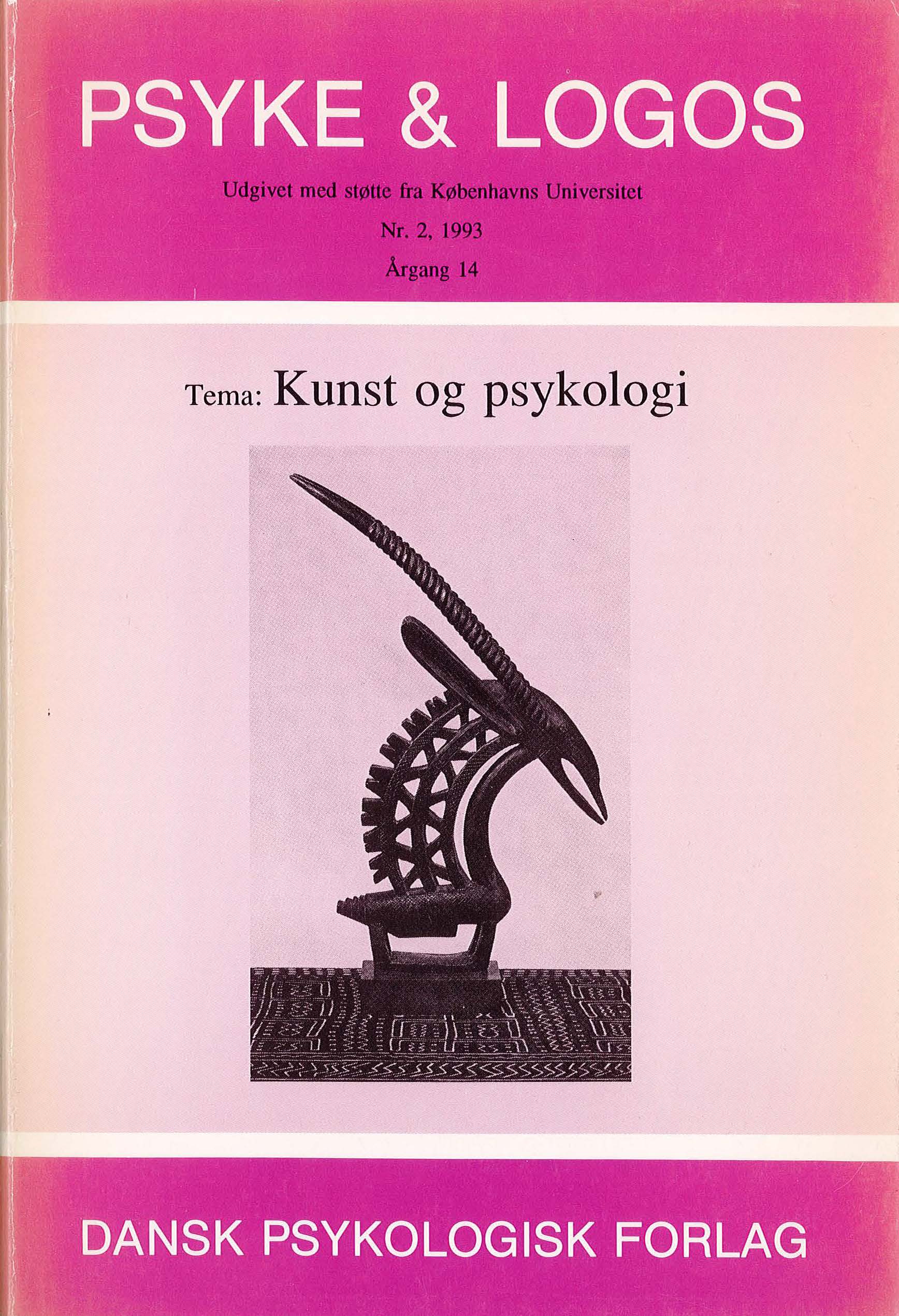Psykoanalysens poetik
DOI:
https://doi.org/10.7146/pl.v14i2.135878Abstract
In this article the author opens a discussion on Freud' s ideas of a psychoanalytic theory of aesthetics. The discussion is primarily concentrated on two of Freud's literary analyses: Wilhelm Jensen's novel Gradiva from 1907 and E.T.A. Hoffmann's story
about the Sandman from 1919. The author points out the problem that Freud's aesthetic analyses almost all have
their roots in his earlier writings, i.e. before the introduction of the structural model and the revised theory of instinct.
This means that the Pleasure principle and the Wish-fulfilment theory originating from the work of dream interpretation are the thematic premises behind Freud' s thoughts about art and creativity. This hedonistic point of view has not without reason been criticized for reducing the rich complexity of art. With the reformulation of the theory of instinct and the introduction of Repetition
compulsion a shift in perspective is accomplished in what could be called the aesthetics of psychoanalysis. Emphasized is the suggestion of this reformulation in the article from 1919 about Das Unheimliche in which the analysis of the Sandman is part.
The author finally suggests a continued discussion implying a clarification of the concept of sublimation so vital to psychoanalytical poetics.
Downloads
Published
How to Cite
Issue
Section
License
Ophavsret er tidsskriftets og forfatternes. Det er gældende praksis, at artikler publiceret i Psyke & Logos, som efterfølgende oversættes til andet sprog, af forfatteren frit kan publiceres i internationale tidsskrifter, dog således at det ved reference fremgår, at den oversatte artikel har et forlæg i en dansksproget version i Psyke & Logos. Artikler kan frit deles og linkes til på forsknings- og undervisningsnetværk (så som Blackboard). Link foretrækkes, fordi det giver oplysning om brug af tidsskriftets artikler.




